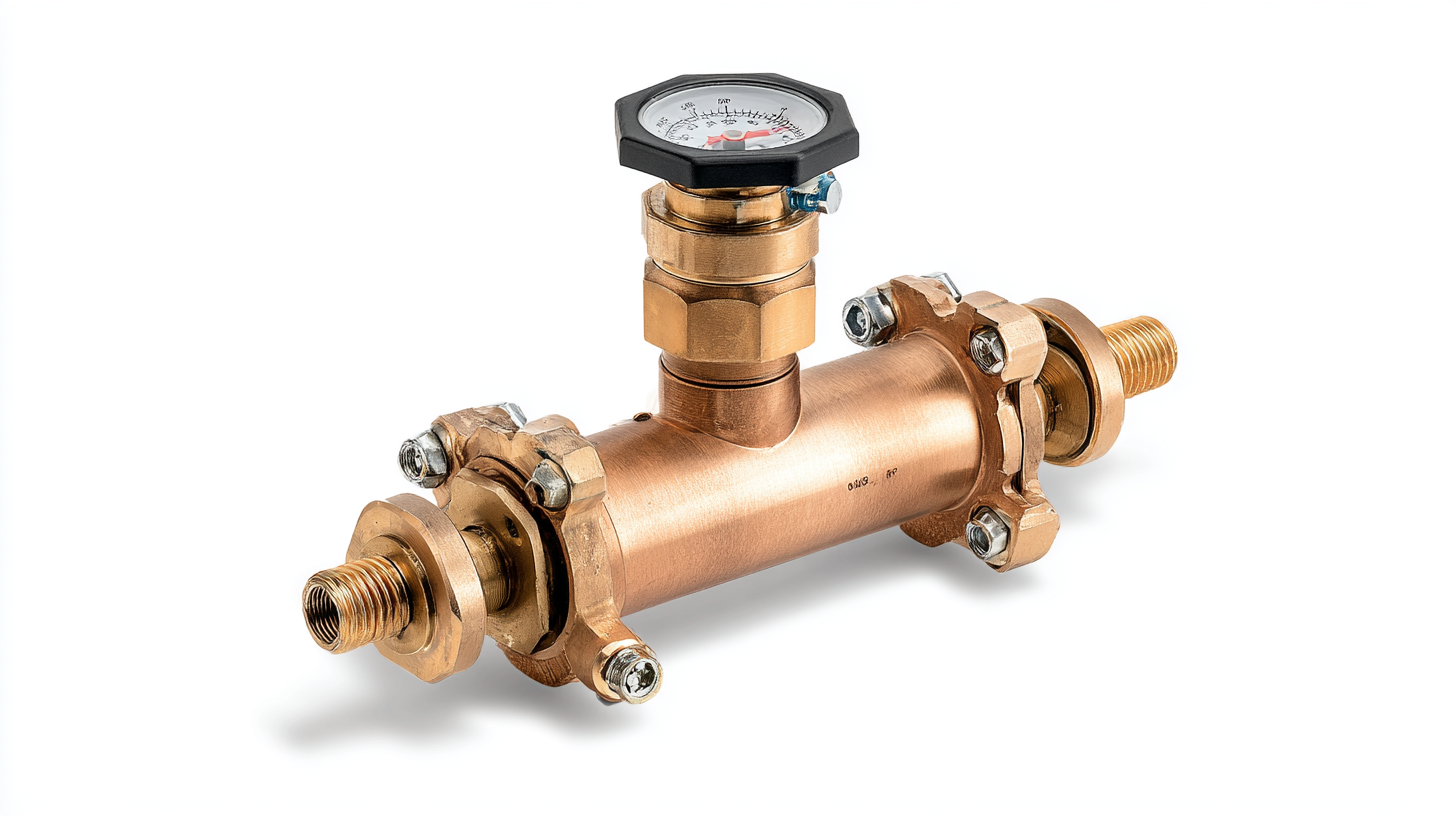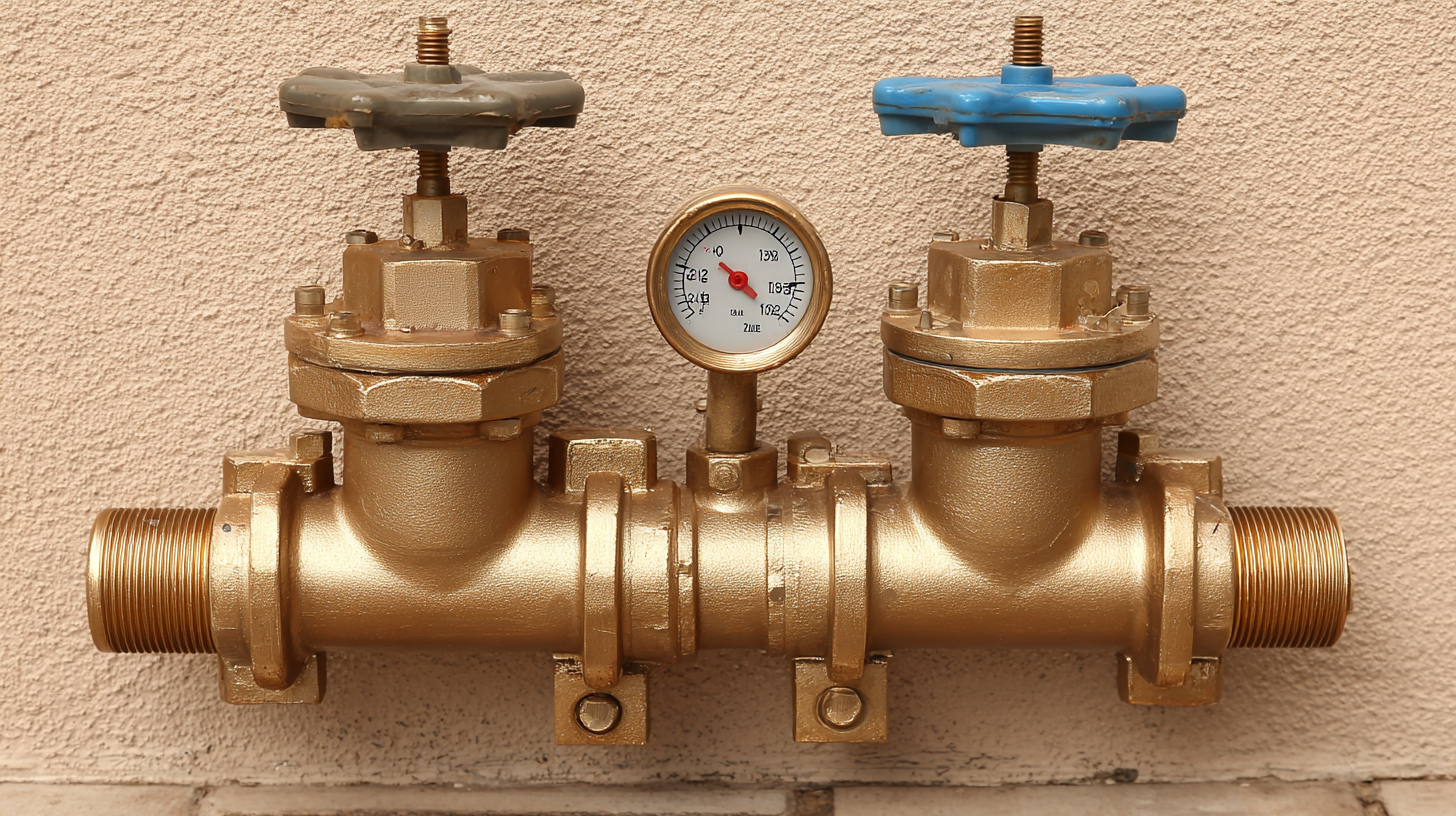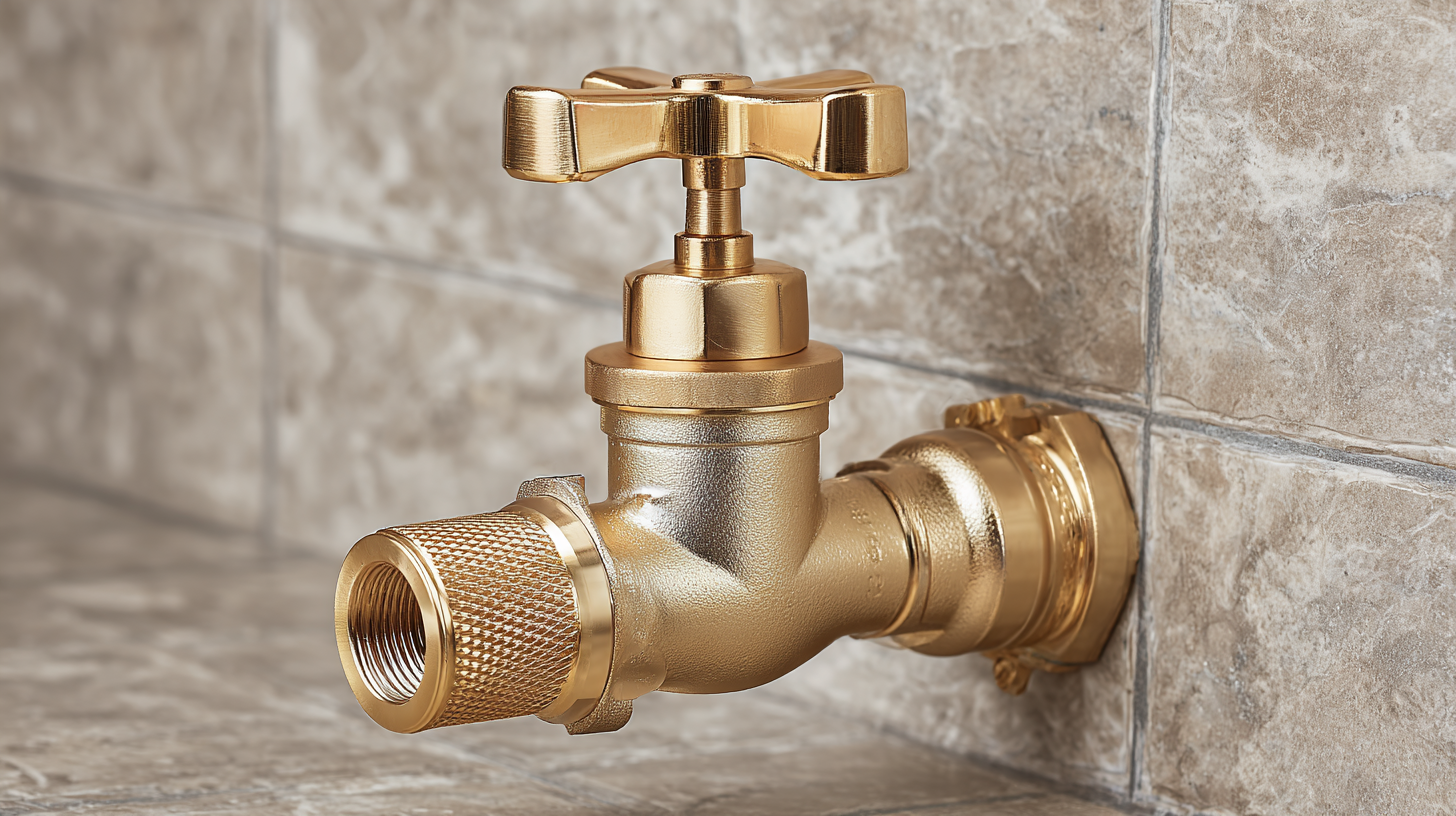- Products
- Pressure Reducing Regulators
- Back Pressure Regulators
- Tank Blanketing Valves
- Temperature Regulators
- Industrial Control Valves
- Wafer Style Control Valves
- JCVS Industrial Control Valves
- Globe Style/Cage Guided Control Valves
- Mixing/Diverting Control Valves
- Motor Operated Control Valves
- Valve Positioners & Accessories
- Applications
- Resources
- Find a Sales Rep
- Brands
5 Essential Tips for Choosing Your Water Pressure Regulator Valve
When it comes to maintaining a well-functioning plumbing system, the importance of a
Water Pressure Regulator Valve
cannot be overstated. This critical component is responsible for controlling the water pressure that enters your home,
ensuring that your pipes and fixtures are protected from the potential damage caused by
excessive pressure. However, selecting the right water pressure regulator valve can be overwhelming, given the myriad of options
available in the market.
To help you navigate your choices, this blog will provide you with
five essential tips
for choosing the right water pressure regulator valve. Whether you are a homeowner looking to replace an existing valve or a DIY enthusiast
embarking on a plumbing project, understanding the key factors in the selection process will empower you to make an informed decision
that enhances your water system's efficiency and longevity.

Understanding the Importance of Water Pressure Regulation
Water pressure regulation plays a crucial role in maintaining the integrity of plumbing systems and ensuring the comfort of household water usage. According to the American Water Works Association, excessively high water pressure can lead to significant damage to pipes and fixtures, causing leaks and reducing the lifespan of plumbing systems. It is estimated that homes with unregulated water pressure face a 25% higher likelihood of experiencing plumbing issues within a five-year period. Therefore, understanding the importance of a water pressure regulator valve is vital for homeowners.
A water pressure regulator valve not only protects your plumbing infrastructure but also enhances water efficiency. The U.S. Environmental Protection Agency (EPA) highlights that regulating water pressure can lead to a 30% reduction in water usage. For households, this translates into lower water bills and a decreased ecological footprint. Furthermore, maintaining optimal water pressure ensures consistent appliance performance, improving the efficacy of showers, faucets, and irrigation systems. As such, selecting the right regulator is essential for both economic and environmental benefits, making it a key consideration for homeowners.

Identifying the Right Pressure Range for Your Needs
When selecting a water pressure regulator valve, identifying the right pressure range specific to your needs is paramount. Water pressure that is too high can lead to plumbing issues such as burst pipes, while pressure that is too low can adversely affect your household's water supply, making it vital to strike the perfect balance. The first step is to determine the water pressure currently present in your plumbing system. This can typically be done using a pressure gauge attached to an outdoor faucet.
Once you have established your baseline pressure, consider the requirements of your home appliances and fixtures. Different appliances may have varying pressure needs; for example, irrigation systems or high-efficiency washing machines may perform best at specific pressure levels. It's crucial to reference the manufacturer’s specifications for each device to ensure compatibility. Furthermore, a good practice is to set your regulator’s pressure slightly below the maximum rated pressure while ensuring adequate flow to all fixtures. This careful calibration not only safeguards your plumbing system but also enhances the longevity and performance of your appliances.
Choosing the Right Type of Regulator Valve for Your Setup
When selecting the right type of water pressure regulator valve for your plumbing setup, understanding the various options available is crucial. Different types of regulators cater to specific needs, from residential systems to commercial applications. For instance, a direct-acting pressure regulator is a popular choice for households, offering reliability in maintaining consistent water pressure. These regulators typically feature simple designs and are easy to install, making them ideal for DIY enthusiasts.
On the other hand, if you're managing a larger system, consider pneumatic or electronic pressure regulators. These advanced options provide precise control and can adjust to varying flow rates. They are especially useful in industrial settings or where automated systems are in place, ensuring that water pressure remains optimal regardless of demand fluctuations. Assessing your unique requirements, such as the size of your plumbing system and the water pressure needed, will guide you in selecting the right regulator valve that fits your setup perfectly.
Assessing Valve Material and Longevity for Optimal Performance
When selecting a water pressure regulator valve, the material and longevity of the valve play a pivotal role in ensuring optimal performance. The two most common materials used for these valves are brass and plastic. Brass valves are renowned for their durability and resistance to corrosion, making them an ideal choice for areas with hard water or fluctuating temperatures. In contrast, plastic valves are lightweight and often more affordable, but they may not withstand high pressure or extreme environmental conditions as effectively. Assessing the specific needs of your plumbing system is crucial in determining which material will best serve you over time.
In addition to material choice, understanding the longevity of a water pressure regulator valve is essential. High-quality valves typically feature advanced designs and materials that enhance their lifespan, leading to fewer replacements and repairs. Regular maintenance can significantly extend the life of your valve, helping to ensure consistent water flow and pressure. Therefore, it is advisable to choose a valve from reputable manufacturers that offer warranties, as this can indicate a commitment to quality and durability. Investing in a high-quality water pressure regulator valve tailored to your specific requirements will ultimately contribute to efficient water management in your home.

Installation Tips for a Hassle-Free Water Pressure Regulator Setup
Installing a water pressure regulator valve is a crucial step to ensure the longevity of your plumbing system. One essential tip is to choose the right location for installation. Ideally, the regulator should be placed close to the main water supply line, preferably before any branches lead to other fixtures. This allows the valve to effectively control the water pressure throughout your home.
Another important consideration during installation is to ensure you have the proper tools on hand. Basic tools like wrenches and pliers will make the process smoother, but don't forget to have Teflon tape available for sealing threaded connections. This helps prevent leaks, which can lead to higher water bills and potential damage.
Finally, always check for compatibility with your existing plumbing system. Different systems may require specific types of regulators. Review the specifications and ensure the pressure range of the valve aligns with your needs. Conducting these steps can help you achieve a hassle-free setup and ensure your water pressure regulator functions as intended.
5 Essential Tips for Choosing Your Water Pressure Regulator Valve - Installation Tips for a Hassle-Free Water Pressure Regulator Setup
| Tip Number | Tip Title | Description |
|---|---|---|
| 1 | Understand Your Water Pressure | Measure your home’s water pressure using a gauge to select a suitable regulator. |
| 2 | Choose the Right Size | Select a valve size that matches your existing plumbing to prevent issues. |
| 3 | Look for Quality Materials | Opt for regulators made from durable materials like brass or stainless steel. |
| 4 | Check for Adjustable Settings | Choose a model that allows easy adjustments for future pressure changes. |
| 5 | Consider Ease of Installation | Select a regulator that comes with clear instructions and necessary fittings. |
